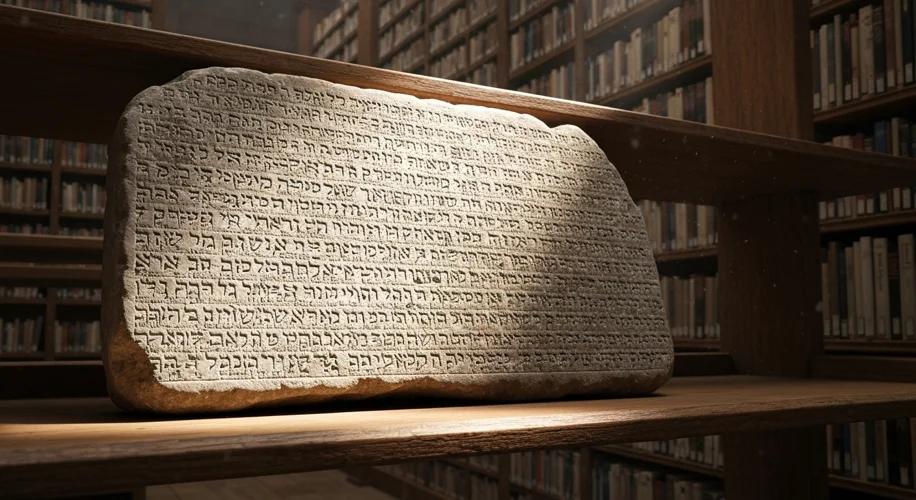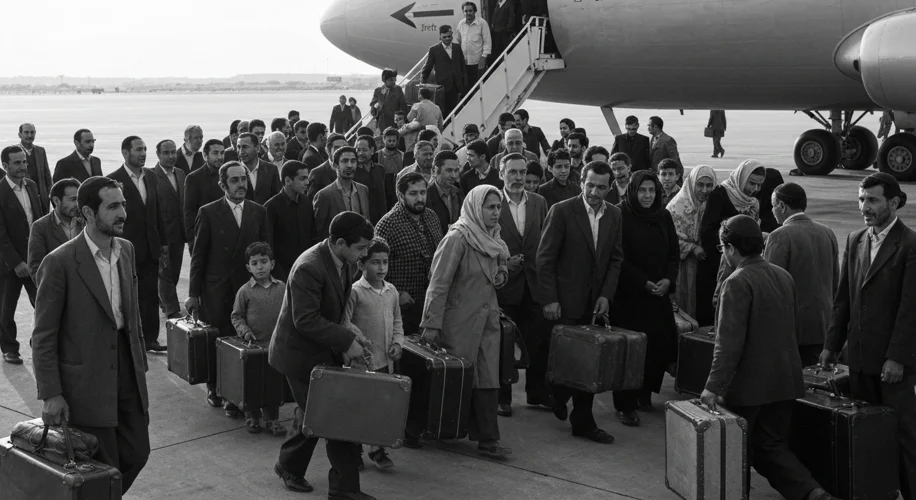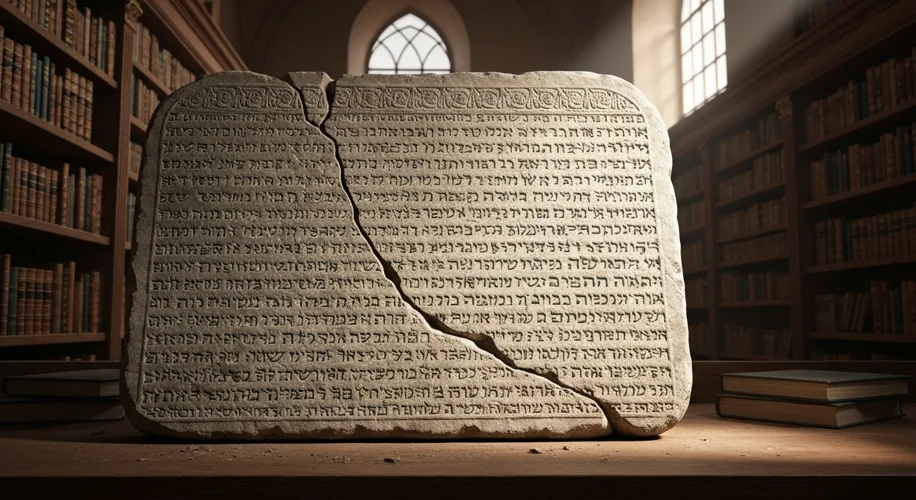When we speak of Jewish history, the spotlight often falls on Europe, a narrative shaped by centuries of migration, persecution, and eventual rebirth. Yet, for millennia, vibrant Jewish communities flourished not only in the heart of Europe but also across the Middle East and North Africa, weaving their own rich tapestries of culture, tradition, and resilience.
These were not mere outposts of faith, but ancient, deeply rooted societies. Consider Iraq, the land of Mesopotamia, the cradle of civilization itself. Here, Jewish life stretched back over two and a half millennia, predating the arrival of Islam by centuries. The Babylonian Exile, a pivotal moment in Jewish history when Nebuchadnezzar II deported Judeans to Babylon after the destruction of the First Temple in Jerusalem around 586 BCE, marked the beginning of an extraordinary era. It wasn’t an end, but a new beginning, a transplanting of a people and their traditions into fertile new soil.
The Jews of Babylonia, later known as Iraqi Jews, became a powerhouse of Jewish scholarship and spiritual life. It was here, in cities like Sura and Pumbedita, that the foundational texts of Rabbinic Judaism, the Babylonian Talmud, were compiled. Imagine the bustling streets, the scent of spices mingling with the murmur of ancient Hebrew and Aramaic, the scholars debating religious law in academies that would shape Jewish thought for generations. This was not a history of exile and despair, but one of creativity and intellectual ferment.

For centuries, these communities thrived under various empires, including the Persian, Arab, and Ottoman rule. Their existence was often characterized by dhimmi status, a protected, albeit subordinate, position within Islamic societies. This meant they had their own religious courts, maintained their unique customs, and contributed significantly to the economic and cultural life of the lands they inhabited. In Baghdad, a jewel of the Islamic Golden Age, Jewish physicians, merchants, and scholars walked the same streets as their Muslim and Christian neighbors, contributing to the city’s vibrant intellectual and commercial life.
Think of figures like Benjamin of Tudela, a 12th-century traveler whose extensive journeys through the Middle East documented thriving Jewish communities, noting their diverse customs and intellectual pursuits. His accounts paint a picture of a world where Jewish identity was not solely defined by external pressures but by its own internal dynamism.
Yet, the narrative of these ancient communities took a tragic turn in the 20th century. The rise of Arab nationalism, the establishment of the State of Israel, and the ensuing conflicts created a climate of intense pressure and often outright persecution for Jews living in Arab lands. In Iraq, this culminated in a wave of emigration, often forced, between the mid-1940s and the early 1970s.
Following the establishment of Israel in 1948, a zealous anti-Jewish sentiment swept through Iraq. The Iraqi government, fearing subversion and seeking to consolidate its own power, enacted discriminatory laws. Properties were confiscated, citizenship rights were revoked, and many were arrested and tortured. The once-thriving Jewish community, numbering around 150,000 in the mid-20th century, faced an impossible choice: abandon their homes, their heritage, and their possessions, or remain in a hostile environment.
This exodus, often referred to as “The Vanishing,” was a devastating blow. Thousands were airlifted or traveled by precarious routes, carrying with them the weight of centuries of history and the sorrow of leaving their ancestral lands. They dispersed across the globe, primarily to Israel, but also to the United States, the United Kingdom, and other Western countries.

The reasons for this mass departure are complex, a confluence of political upheaval, rising antisemitism, and the creation of a new Jewish state that offered refuge. The narrative of Jewish history in the Middle East is not one of a single, monolithic experience but a mosaic of diverse communities, each with its own unique story, its own triumphs, and its own profound losses. The story of Iraqi Jews is a poignant reminder of the deep, intricate, and often overlooked connections between Jewish history and the Middle East, a history that deserves to be remembered, understood, and told.
Today, only a handful of Jews remain in Iraq, a stark testament to the vanishing light of a community that once illuminated the cultural and intellectual landscape of Mesopotamia for over two millennia. Their story is a vital, yet often neglected, chapter in the grand narrative of Jewish history, one that challenges our preconceptions and enriches our understanding of the past.
These Middle Eastern Jewish communities, with their unique Judeo-Arabic dialects, their distinct musical traditions, and their rich Sephardic and Mizrahi heritage, represent a significant part of the Jewish story that has been historically overshadowed. Exploring their experiences before 2000 allows us to appreciate the sheer breadth and depth of Jewish life across diverse cultures and continents, demonstrating that Jewish history is not confined to Europe but is a global saga.

